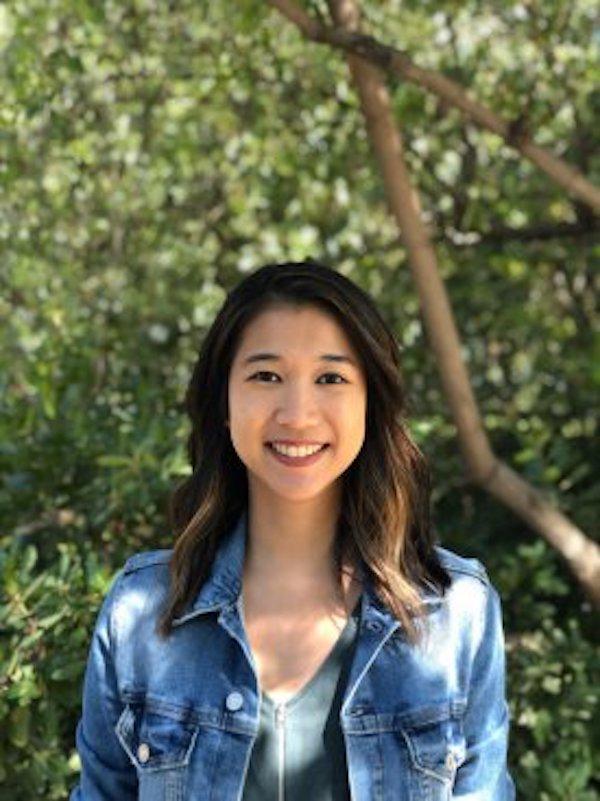The ASU-LACMA Master's Fellowship in Art History—developed by LACMA and the Herberger Institute for Design and the Arts at Arizona State University (ASU)—was established to combine academic training and work experience to advance the careers of a new generation of curators, directors, and other museum professionals who are committed to increasing equity and inclusion and engaging new perspectives, cultures, and backgrounds.
The three-year fellowship is intended to complement and expand the important programs at LACMA that help diversify the ranks of curators and other professionals in art museums. Pairing rigorous academic instruction through traditional master's-level coursework and a thesis with on-the-job work experience, LACMA and ASU Art Museum staff who are selected as fellows enroll in two courses per semester remotely, and fulfill language, professional development, and research requirements while continuing in their current role at their respective museums. Fellows receive access to resources at LACMA and the Herberger Institute, and upon completion of the program, receive a master's degree in Art History from ASU. In 2021, the program was also pleased to welcome the Pérez Art Museum Miami and the Heard Museum, Phoenix, as new partners, giving their staff the ablity to participate as Fellows.
We recently caught up with the current Fellows to learn more about their experiences in the program. Below, meet Jayne Manuel (she/they/siya).
Jayne, what is your role at LACMA?
I work in the Registration and Collections Department as the Registration Administrator for Outgoing Loans. My position assists with processing requests from museums who wish to borrow from LACMA’s permanent collection. Our team works closely with conservators, art handlers, and collections managers, among others, to coordinate a high volume of requests. It’s an interesting peek into future local and global exhibitions.
What drew you to the ASU-LACMA Master's Fellowship in Art History program?
I had long considered pursuing an advanced degree but it was never financially feasible. Until the fellowship, my plans for graduate school were on hold indefinitely. The ability to retain my current position while working towards a Master’s degree was the most accessible option in comparison to existing programs.
What does a "day in the life" of an ASU-LACMA Fellow look like?
Every day is a balancing act. In addition to completing my course requirements in my second year, I need to focus the direction of my research interests in preparation for my thesis proposal. The consuming combination of coursework, thesis research, and my regular position necessitates consistent healthy practices to maintain my mental and physical well-being.
What has been the most interesting or rewarding part of the fellowship so far?
The surprisingly strong bond of my cohort has been one of the most rewarding parts of the fellowship. We started the program during the second year of the pandemic which made connection slightly more difficult. But we have found ways to encourage and support each other through various ups and downs. Additionally, the fellowship allowed me to revisit independent research that I put on the back burner for years, whether it be through an individual seminar or applying research to my overall MA thesis.
What has been the most challenging part of the fellowship?
Staying grounded and factoring in family responsibilities outside of the work-school balance has definitely been the most challenging aspect. Fortunately, I have a strong personal, professional, and academic support network that sustained me throughout my first year.
How has the experience influenced your career focus or future goals?
The fellowship has allowed me to explore old passions. It has led me to consider how I can continue to incorporate these revived interests moving forward, both in and outside of museum spaces. It’s been an exciting, albeit sometimes confusing, process!
What subject(s) do you plan to focus on in your Master's thesis?
My research interests include the work of Filipina/o/x contemporary artists in the United States who are influenced by collective memory transmission, such as intergenerational trauma transmission. I hope for my research to span two to three artists, like Maia Cruz Palileo, whose practices are anchored in family histories, confronting colonial legacies, and visualizing healing.
You're invited to hear from former ASU-LACMA Fellows Dhyandra Lawson, Matthew Villar Miranda, and Celia Yang as they offer a series of provocations to ASU leadership and respected museum directors at the forefront of leading efforts to change the sector. RSVP free for “The Changing Face of Museum Leadership” on Monday, September 12, 6 pm, at the ASU California Center at the Herald Examiner Building, Los Angeles.



